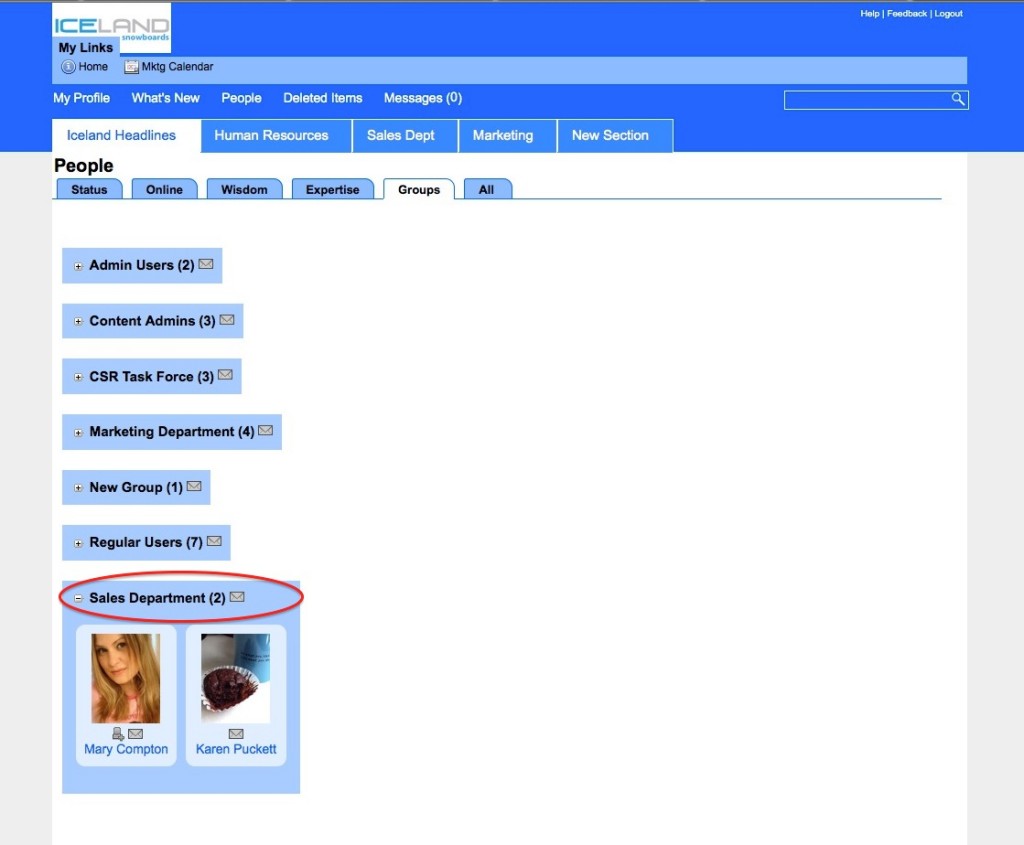Your company intranet is an excellent communication tool. But, while it can make communication easier and faster, it can’t and won’t automatically improve communication.
Intranet users still need to use it wisely and communicate properly.
The good news is, basic rules of communication apply in the intranet as they do in other areas of life. You don’t have to reinvent the wheel or subject users to hours of training to get the best results from communicating on the intranet.
Below are my 5 top tips for communicating effectively on the intranet:
1. Have a clear objective
Before you post anything, stop and ask yourself: “What do I want to accomplish with this piece of communication?”
It’s best to have only one objective, but if you have more, identify the most important one.
2. Know your audience
Next, ask yourself: “Who needs to know what I’m about to share?”
This is where a lot of corporate communications bog down. People don’t want to take time to clearly identify their audience, so they click “Send To All” and end up spamming co-workers. Don’t waste your staff’s time by sending them information that’s not relevant to them.
Once you’ve identified your intended audience, this knowledge will help you determine the best channel or medium for your communication, as well as what tone and language would work best. For example, if you’re sharing something with staff in your section, perhaps a group email is best:

Your tone can be casual yet remain businesslike.
However, if you’re addressing the executive team, you may decide that an intranet wiki page, with rich media and professional-looking formatting, is the best way to go.
3. Whatever you do, get to the point
You’re busy, everyone’s busy, so be considerate and get to your point already. Be concise. Start out by writing everything you want. But then, go back, review what you’ve written and — with your communication objective and audience in mind — delete everything unnecessary from your message.
Your colleagues will thank you.
4. Tell them what to do next
You may think it’s obvious what you want your readers to do next. But it may not be so obvious to them. For example, let’s say you sent a notification about a training event that’s just been placed in the company calendar. Don’t assume everyone will automatically add the event to their personal calendars. No, you have to go ahead and say so: “Please put this activity in your personal calendar. If you’re unavailable on this date, inform Sonia Sisson of HRD.”
Examples of calls to action include:
“Read this paper before our meeting on Thursday.”
“Discuss this new policy with your team members.”
“Take note of the changes in this document and how it affects your targets.”
“Post your comments so they can be incorporated in the final document.”
“Tell me the date and time you prefer for our conference call.”
5. Follow up
This is an important communication tip, and one that’s commonly overlooked. Follow up, follow up, follow up. Short of being a pest, you need to remind your audience about what you asked them to do. Most people will forget about it, or maybe they were so busy they missed your communication altogether. Whatever the reason, they need a reminder from you.
Depending on the situation, the first follow up, could be to check that they had received your communication. The second could be to remind them that the deadline is coming. Add a final follow up to let them know you need their action today.
Also, try to vary the medium you use for your follow ups. Use an email or instant message, and then a phone call. You’ll be surprised how much more responses this will get you compared to sending your communication just once.
Follow these tips whenever you communicate on the intranet (or everywhere else). Soon, they’ll be second nature.
Which of these communication tips is new to you? Which do you need more help with? Can you think of others I have missed?